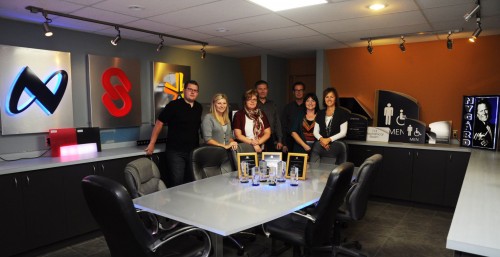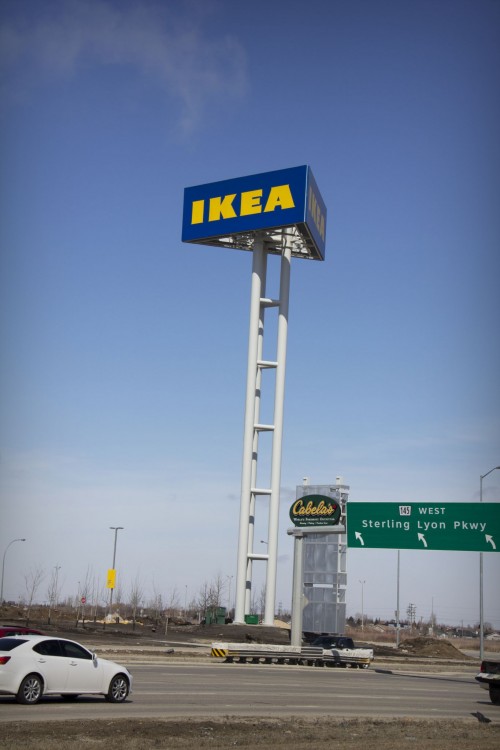By Peter Saunders
When Signex was founded just outside Winnipeg in 1982, it was an offshoot of a family electrical contracting business, which already had experience working with lightboxes. Today, it is an award-winning, multifaceted company with the largest sign manufacturing facility in central Canada.
Learning the business
Pankratz Electric had been serving the local region since the 1960s when business customers began approaching the company with requests for electric sign products. With little more than an overhead projector and a spray gun, Signex began turning its lightboxes into completed signs.
“We were naïve enough to think it would be simple,” laughs Ken Pankratz, who would take over Signex in 1990 and remains its owner today. “There were a lot of challenges in learning how to create artwork and apply it. We had to hire people who knew that side of the business.”
While no one yet knew the Signex name, the company’s electrical background helped it reach out to more general contractors and, eventually, architects and real-estate developers involved in construction projects. Its first jobs included signs for a few local grocery stores.
The timing was also right for getting into the business, as strip malls were becoming increasingly popular, requiring continuous rows of signboxes. And with Canadian Standards Association (CSA) approval from day one, Signex also became a major supplier of signboxes to other sign companies.
“It’s been more co-operation than competition,” says Pankratz.
Evolution of equipment
Over time, the company added a computer numerical control (CNC) router, wide-format printer, plotter, channel letter bender, braille/tactile character router, tungsten inert gas (TIG) welding machinery, laminators and rolling machines. About two years ago, it phased out neon and fluorescent lighting systems entirely, in favour of energy-efficient light-emitting diodes (LEDs).
“Signmaking is certainly an exciting business to be in if you enjoy change,” says Pankratz. “You always have to move forward, find new ways to do things and stay a step ahead of trends in technology. When I started, for example, channel letters were a lot of work, but now we have computer-controlled channel bending. Labour has decreased and precision has increased dramatically over the years.”
Indeed, computers and automation have helped Signex take on bigger and bigger jobs.
“We’re currently working on a project that incorporates an interactive LED display on a one-block long wall,” Pankratz says.
The tipping points
There have been several “tipping points,” as Pankratz puts it, that have helped raise the company’s profile. One such job involved signage for two Famous Players movie theatres, one in Winnipeg and the other in Calgary, in 1999 and 2000.







